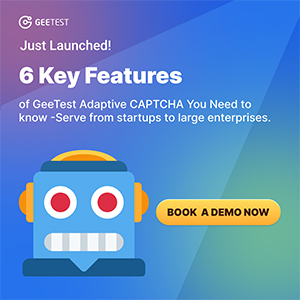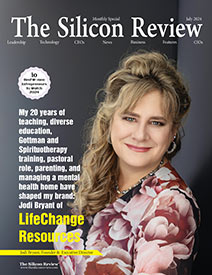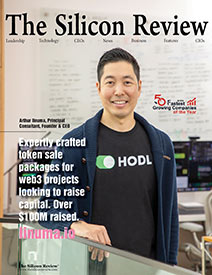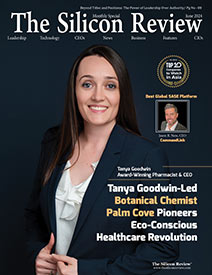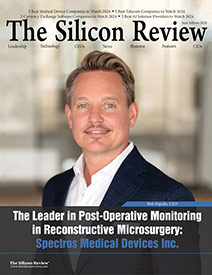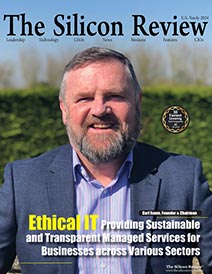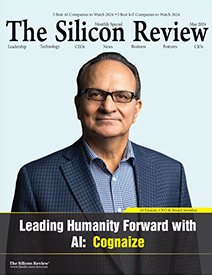30 Most Inspiring Leaders to Watch 2021
A leading Oracle Cloud partner delivering excellent transformational services to global enterprises: Inoapps
The Silicon Review
![]()
In a business environment characterized by constant disruptive change, business transformation becomes a core business skill set. That is why more and more companies and institutions are moving to cloud-based enterprise software and technologies to underpin business transformation projects. Even the largest organizations typically do not work directly with a software or technology vendor—they work with services partners certified by the vendor who have not only the technical but the people-facing skills to make their business transformation project a success.
Inoapps augments deep skills and capabilities with Oracle Cloud Applications and technologies with impressive depth in the human side of business transformation. They are a global business transformation specialist with a long track record of helping customers realize value from all their investments in Oracle applications and technology in the cloud or on-premise. The company’s trusted and proven Inoapps OneTeam Methodology ensures project success, and they have developed multiple software solutions that add value to Oracle products. Inoapps has a presence in the UK, EMEA, North America, and APAC.
In conversation with Andy Bird, Founder and CEO of Inoapps
Q. Balancing ease of access with the privacy of sensitive information is a top priority for the enterprise right now. How can we overcome this issue?
Inoapps knows there is no one-size-fits-all solution to balancing access and privacy. Some web services, application program interfaces (APIs), databases, and other cloud services must be available externally, while others are strictly internal. Different parts of a cloud architecture require different levels of security. To address this, Inoapps is leveraging new Security Zones in Oracle Cloud Infrastructure. For instance, in the Maximum Security Zone, security measures are always turned on and cannot be toggled off. These measures are configurable, and Oracle will be augmenting Maximum Security with other security zones, giving our customers the flexibility to balance access and security throughout their Oracle estate. We also leverage Oracle Security Advisor, a centralized place to manage security configuration. Suppose a user tries to add storage without encryption in a Maximum Security Zone. In that case, Security Advisor will give them a warning and a guided workflow on how to add storage with proper security measures safely.
Tell us in brief about the main disruptors facing your customers right now and how you are helping them adjust.
Our customers need help adapting to change—changing technologies as well as changing business models, regulations, market demands, and the evolving expectations of employees, potential employees, and of course, their customer demands. Companies that had simply sold products, thanks to the trend towards buying things as-a-service, must amortize the cost of goods sold across a years-long subscription contract with their customer, often rolling in maintenance over a product’s lifecycle. A university may have to revise how they handle course costing as more sections are taught online. Human resources executives and recruiters must streamline application processes to compete for talent, meet expectations for local hiring and satisfy government diversity reporting requirements and provide self-service options for current employees. We need to help our customers transform their businesses to keep up with these changing demands and evolving business models by harnessing rapidly advancing technology. But that is just the start of the journey; once we have transformed the way they operate, our customers expect more, their new platform can no longer be static. Our customers expect us to be continually driving new innovations through their operations to keep them current and the most efficient they can be.
Q. Enterprise technology is changing rapidly and the people using it need to keep up. How do you help customers’ employees successfully adopt changing technology?
Oracle is investing tremendously in research and development and in bringing their acquired technologies to market so our shared customers can take advantage of them. A managed services program is often focused on ensuring software and supporting technologies are available and performant and often includes financially-backed service level agreements (SLAs) for mean time to resolution or other metrics. But at Inoapps, most of our managed services engagements include budget to proactively identify opportunities to leverage new technologies and capabilities from Oracle, often to address changes to the business or emerging areas for process improvement. This means our customers have a predictable budgetary approach to help them adopt changing technology on an ongoing basis. We also have a growing enterprise consulting division comprised not of technologists but psychologists adept at using the science of behavioral economics to ensure that technology is not only successfully used but embraced by end-users so our customers can realize value. We initiate the ‘Improvement Cycle’ with a review with the customer that reflects back on the initial expected outcomes, benefits and adoption from their investment in Oracle to understand where they are against these, how we can measure them, and how we can put in place actions where these had not been achieved. We then put in place reporting metrics on both initial objectives from the project and new functionality investment to ensure we have a shared view on progress and success and can work together continually to deliver process improvement.
Accurate and real-time data is important right now so executive teams can make decisions that support their business goals. Tell us how you help customers get the 360-degree view they need to navigate the business forward.
Most companies struggle to pursue long term goals even as business conditions and technologies change, altering the rules of engagement and expected results. Rapid technological change and a move towards the composable enterprise—with more data coming from point solutions, connected devices, the industrial internet of things (IoT) and even customer or supplier IT systems—mean the systems that hold information required by Oracle Cloud Enterprise Performance Management (EPM) are in a constant state of flux. EPM software addresses challenges executive teams face right now as they strive for deep and consistent enough insight for quality decision support given that technology is changing rapidly, meaning that information on current performance is housed in an expanding and rapidly changing number of sources. We regularly leverage for our customers Oracle Cloud EPM’s ability to aggregate data from multiple Oracle and non-Oracle sources so regardless of where data resides, it can be viewed in the context of business goals.
Q. What does the future hold for your company and its customers? Are exciting things on the way?
Inoapps is on a steady growth trajectory so we can serve our existing and new customers better. We are about to exceed 500 employees across the United States, United Kingdom, and Asia-Pacific, with a customer-driven goal to rapidly double in size to 1,000 employees; all focused on helping companies realize the value of Oracle software and technologies.
Meet the leader behind the success of Inoapps
Andy Bird is the Founder and CEO of Inoapps. Andy began his career over 20 years ago, working internationally in logistics and procurement before returning to Europe to implement Oracle systems in the energy sector. In 2006, Andy founded Inoapps and since then has quickly grown the company through organic growth and strategic acquisitions. He is currently focused on an international expansion program, which will see Inoapps become the leading global independent partner for Oracle applications and technology.
